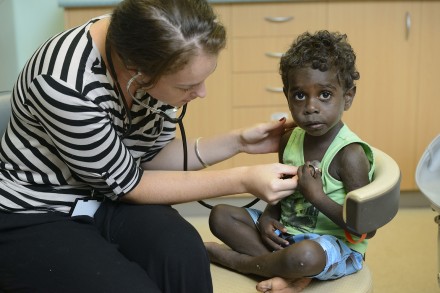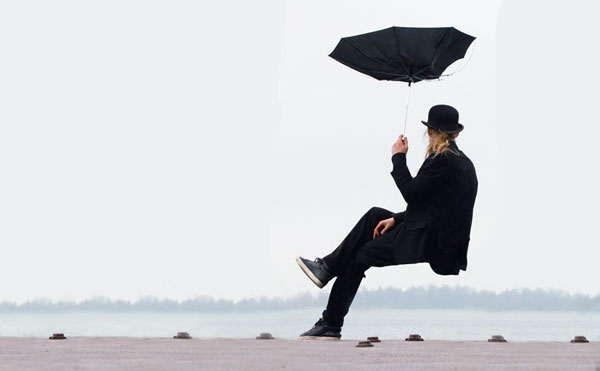Thank you to Michelle Wheeler for preparing this story from the booth!
As science communicators, we all love to share the latest exciting research and the stories of the scientists who make it their life’s work.
But what if the science itself was dependent on direct help from your audience?
A carbon capture and storage group has formed an unlikely working relationship with dairy producers in Victoria after discovering that the perfect place to research the geological storage of carbon lay beneath their farms.
Geologists at the Cooperative Research Centre for Greenhouse Gas Technologies (CO2CRC) began looking closely at the Otway Basin in south-west Victoria as a site for research in 2004 after an Australia-wide search.
The site had the right kind of rocks for carbon storage in addition to a natural source of carbon dioxide generated by volcanic activity millions of years ago.
The only problem was that the lush, green area was covered with small dairy farms.
CO2CRC communications and media advisor Tony Steeper said a lot of work had been done to engage the local farmers.
“We’ve had to bring the landowners with us on a journey, if you like, to undertake the first storage demonstration in Australia,” he said.
“They’ve had to understand how CO2 storage works, how we monitor it, how we know it’s safe, how we characterise the geology so that we’ve got confidence that it’s all going to work.
“That’s been a long process but they’ve been incredibly receptive and very positive.”
Mr Steeper said seismic surveys were particularly difficult for farmers because the scientists had to lay out a grid of sensors across their paddocks and deploy a vibration truck that stopped every twenty metres or so.
“They’ve got to move their cows, they’re worried about crops if they’re growing crops, they’ve got scientists running all over their land so it’s a fairly challenging thing for us to do,” he said.
CO2CRC conducted social research in 2006 and 2011, undertaking focus groups and telephone surveys to see what they were doing well and where they needed to improve.
“One of the things that we got right was employing a community liaison officer, based in the local community, that provides a point of contact for the farmers to go to,” Mr Steeper said.
The centre also distributes a local newsletter and holds public meetings and annual open days.
Mr Steeper said it turned out the scientists had a lot to learn about the dairy industry as well.
“We have had issues in the past where researchers have left gates open and so on and it hasn’t gone so well,” he said.
“Running pre-survey inductions for every researcher that emphasise two-way respect has meant the farmers are pleased with how we operate and the researchers have a better understanding of the requirements of the farmers.”



